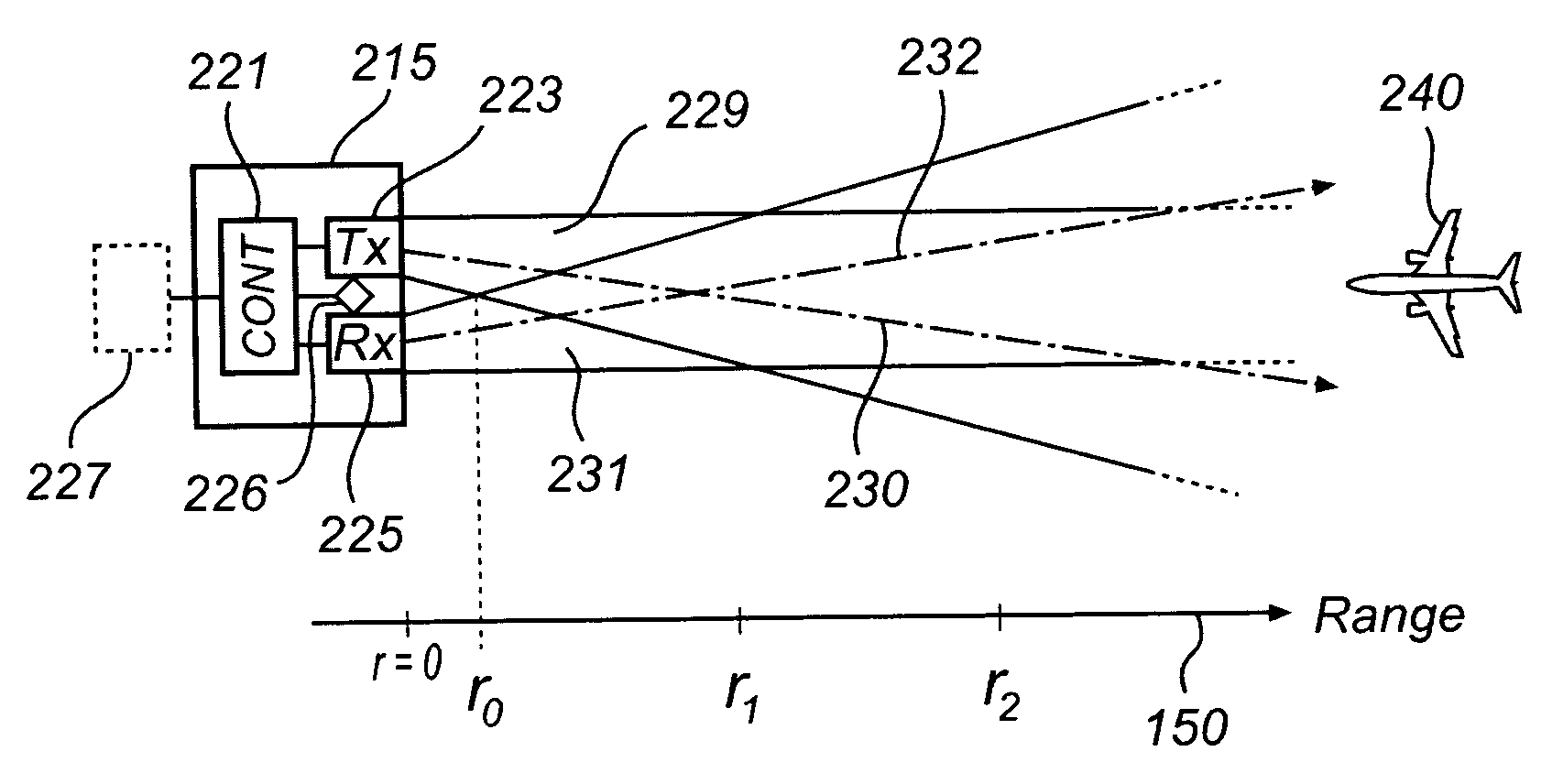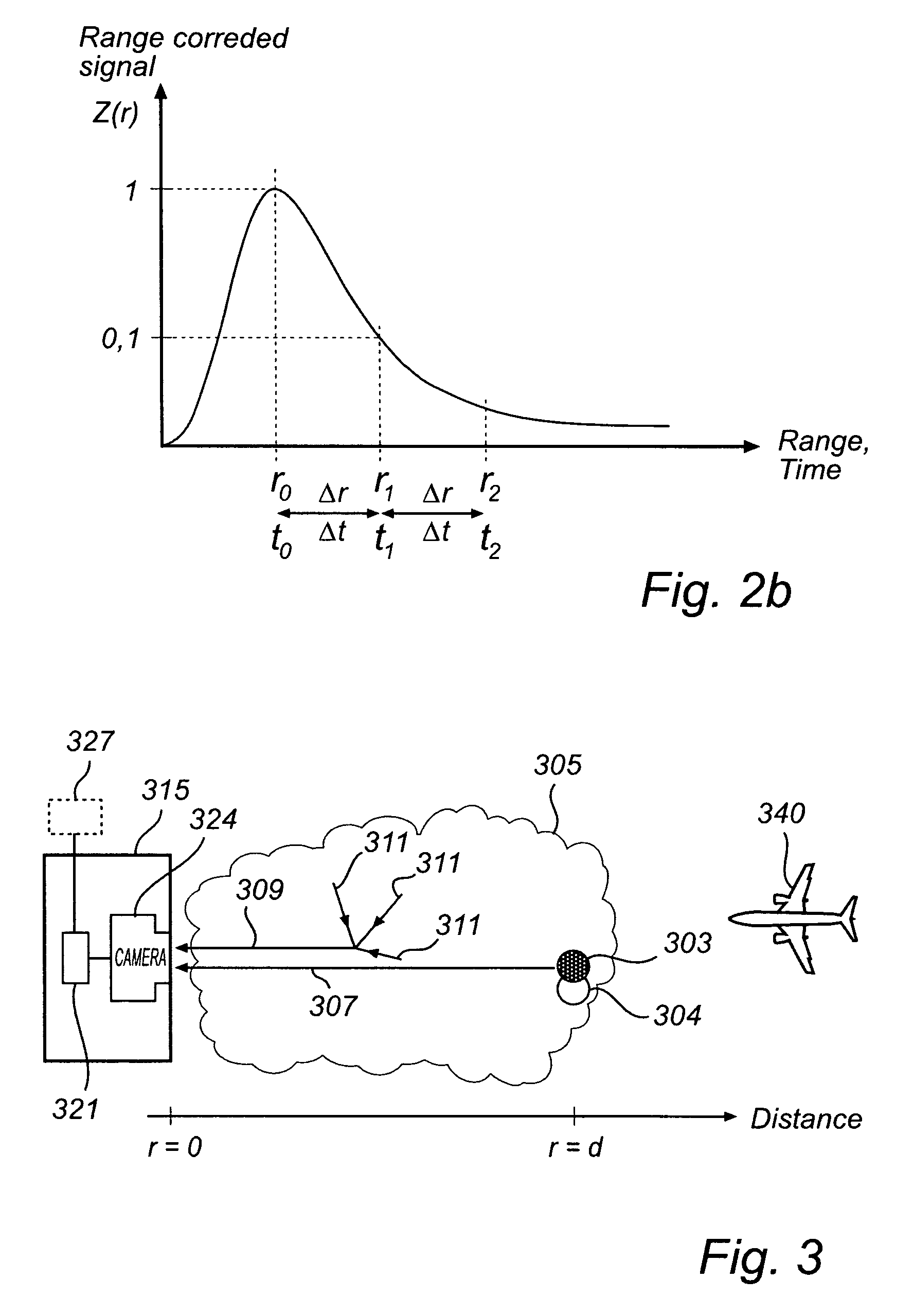Aircraft docking system
a technology for aircraft and docking systems, applied in traffic control systems, surveying and navigation, instruments, etc., can solve problems such as disturbance of airport operation, inability to dock, and inability to give guidance to the docking system, so as to improve the ability to determine, reduce the waiting time for aircraft, and improve the effect of airport operation
- Summary
- Abstract
- Description
- Claims
- Application Information
AI Technical Summary
Benefits of technology
Problems solved by technology
Method used
Image
Examples
Embodiment Construction
[0028]FIG. 1 illustrates schematically a view from above of a situation at an airport. A terminal 101, which may be a passenger terminal and / or a freight terminal, is configured with a first aircraft docking system 115 and a second aircraft docking system 117. A first docking site 103 and a second docking site 105 are located at each docking system 115, 117 respectively. Although the docking sites are indicated by dashed lines in FIG. 1, these lines need not represent actual markings on the ground but should only be perceived as an aid in reading the present description.
[0029]Moreover, although FIG. 1 shows that both docking systems 115, 117 are attached to the terminal 101, alternative configurations include those where a docking system is not directly attached to a terminal but to any other suitable means at a docking site. In fact, a docking site may not be directly associated with a specific terminal, and may also be associated with a designated docking site anywhere at an airpo...
PUM
| Property | Measurement | Unit |
|---|---|---|
| distance | aaaaa | aaaaa |
| electromagnetic | aaaaa | aaaaa |
| distance | aaaaa | aaaaa |
Abstract
Description
Claims
Application Information
 Login to View More
Login to View More - R&D
- Intellectual Property
- Life Sciences
- Materials
- Tech Scout
- Unparalleled Data Quality
- Higher Quality Content
- 60% Fewer Hallucinations
Browse by: Latest US Patents, China's latest patents, Technical Efficacy Thesaurus, Application Domain, Technology Topic, Popular Technical Reports.
© 2025 PatSnap. All rights reserved.Legal|Privacy policy|Modern Slavery Act Transparency Statement|Sitemap|About US| Contact US: help@patsnap.com



